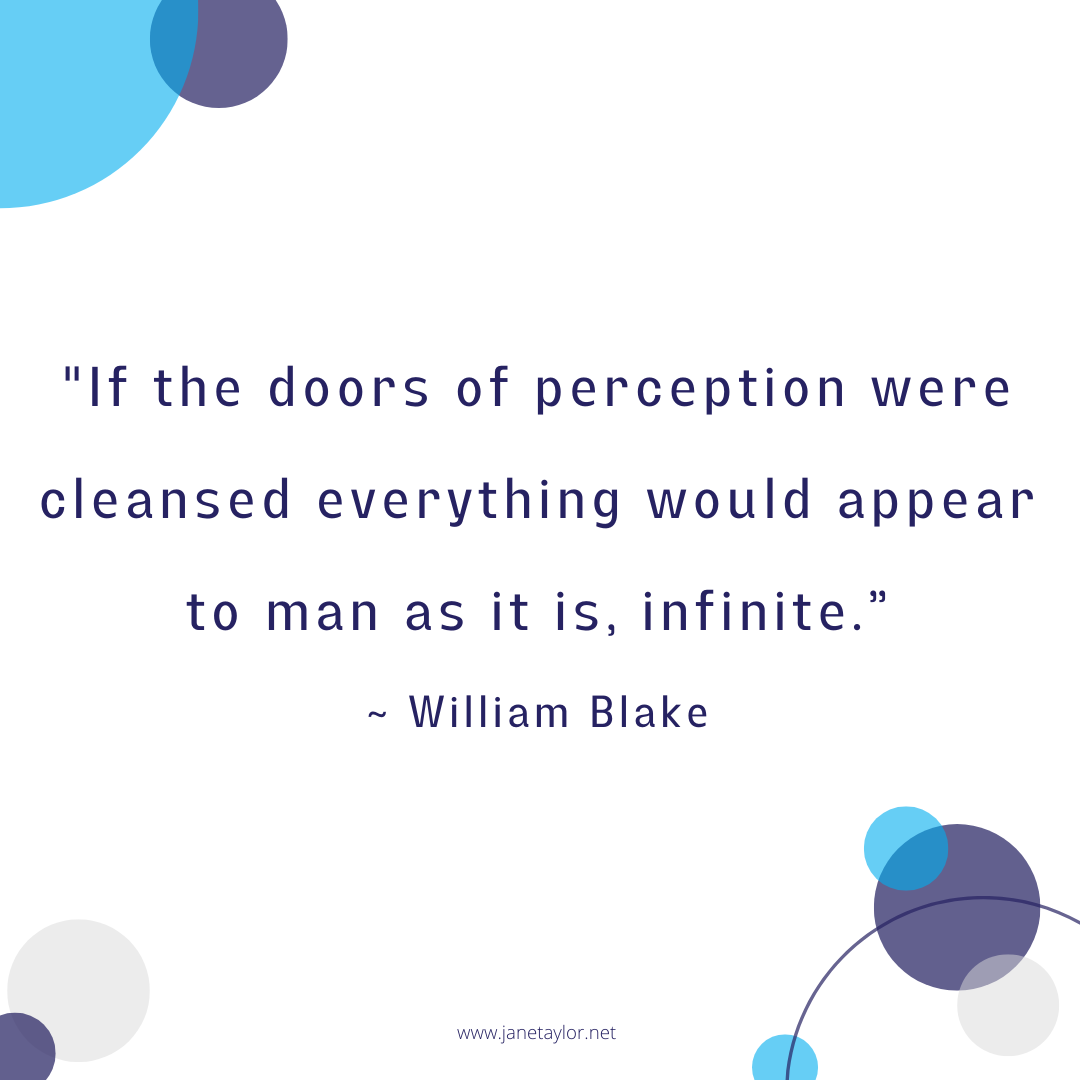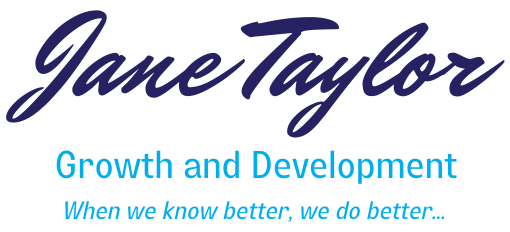What Are Cognitive Distortions?

Based on the work of Aaron Beck, psychiatrist David Burns shares 10 forms of cognitive distortions. Today I wanted to share what cognitive distortions are and the 10 different types of cognitive distortions psychiatrist David Burns in his book Feeling Good: The New Mood Therapy.
What Are Cognitive Distortions?
Basically cognitive distortions are types of thinking patterns. The thinking pattern is often based on people’s responses to previous situations or life experiences. For example – experiencing stress could cause you to adapt your thinking in helpful ways to protect you, however long-term the thinking pattern may not be helpful.
10 Different Types of Cognitive Distortions (Faulty Thinking)
- All-or-nothing thinking – you see things in black-and-white categories – there is no grey. For example – if an action isn’t completed then it is entirely wrong or useless.
- Overgeneralisaton – you see a single negative event as a never-ending pattern of defeat. For example – if it happened once, it will always happen again.
- Mental filter – one (negative) part of the picture is examined to the exclusion of the larger (positive) part, like the drop of ink that discolours the entire beaker of water.
- Disqualifying the positive – dismissing or ignoring any positive comment / achievement / compliment.
- Jumping to conclusions – you think negatively about something without supporting evidence. There are 2 errors:
- Mind reading – you think without any evidence that someone is thinking negatively about you, and
- The Fortune Teller error – you truly believe that you know what will happen in the future, without evidence.
- Magnification (catastrophising) or minimisation – this is making small things much larger than they deserve, and making other things much smaller than they are in reality.
- Emotional reasoning – thinking emotional states legitimately reflect reality. For example – “I feel guilty, so I must be a bad person.”
- ‘Should’ statements – thinking in terms of should, must, ought imposes a view about the way the world in which may not tie with reality, and which induces emotional unhappiness, resentment and guilt.
- Labeling and mislabeling – this involves describing actions or events in an over the top, emotionally coloured way. Also name-calling.
- Personalisation – this involves attributing blame to self for an event where the responsibility is not fully yours, only partly yours or not yours at all.
Over to You…
The above 10 forms or patterns of cognitive distortions (faulty thinking) are just that – patterns or habits. Subsequently, they can be broken down over time through awareness and ongoing practice. If you would like to read more about these cognitive distortions, David Burns describes them well in the book referenced below. And remember, if you recognise these patterns, it is important to get support and work with a trained professional.
If you are ready to reclaim your courage and take the next step towards freedom and opening your heart, why not join our Toolkit?
Reference –
Burns, D. (1980). Feeling Good: The New Mood Therapy. New York: New American Library.
